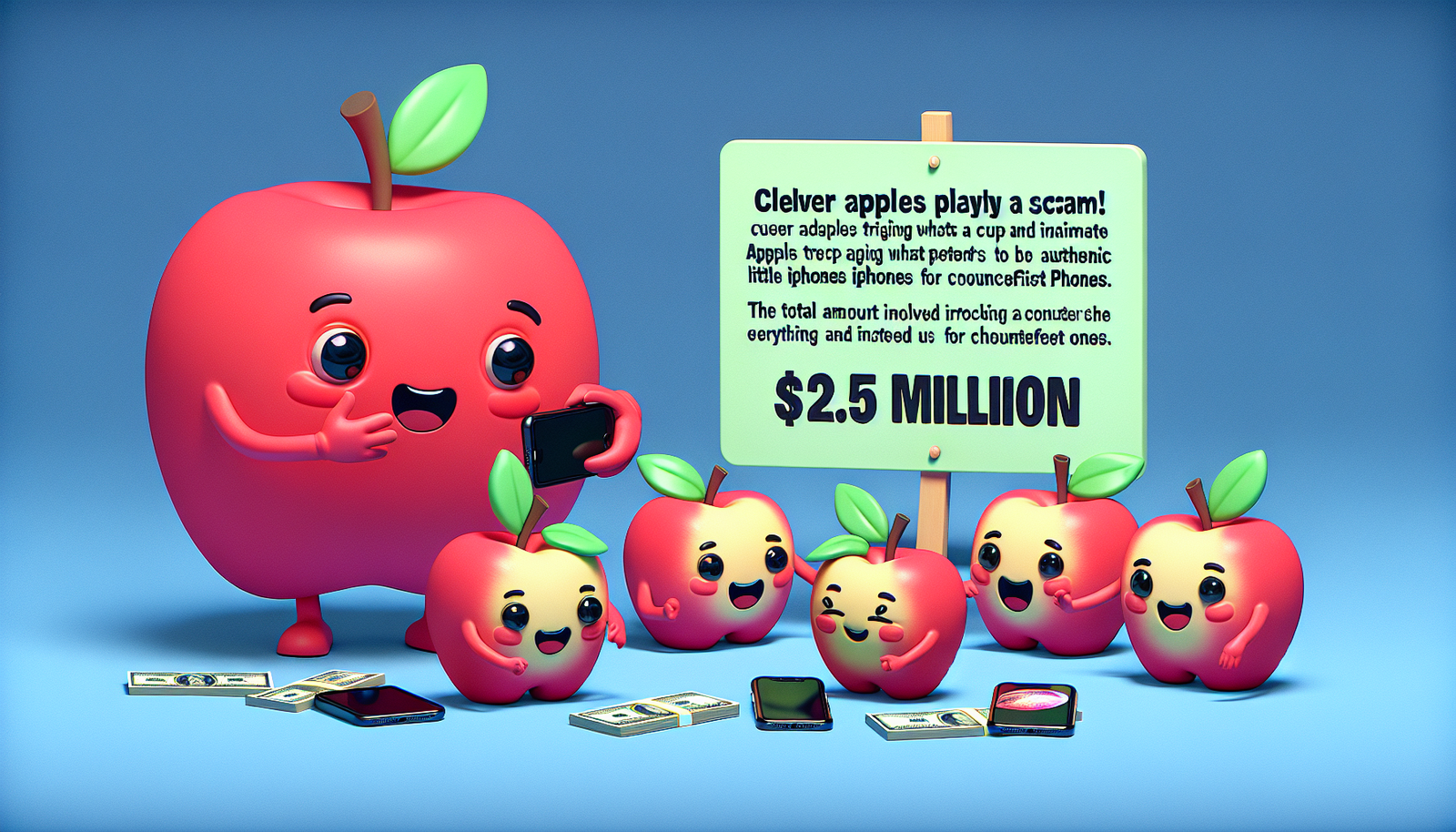Apple Scammed: $2.5M in Counterfeit iPhones Replaced
In a surprising turn of events, two men executed an elaborate plot that defrauded Apple out of approximately $2.5 million by manipulating its iPhone repair process. Haotian Sun and Pengfei Xue, aged 34, were sentenced to prison for their roles in the scheme, which involved tricking Apple into accepting counterfeit iPhones as genuine ones between 2017 and 2019.
The Scheme Unveiled
According to the US Department of Justice (DOJ), the duo, along with their accomplices, managed to fool Apple’s employees for years. The sophisticated operation involved spoofing serial numbers and International Mobile Equipment Identity (IMEI) numbers, which are tied to legitimate iPhones still under warranty. This deceptive practice allowed them to exchange fake phones for real ones, exploiting Apple’s return policy and warranty protections.
Sun received a 57-month prison sentence and was ordered to pay over $1 million in restitution, while Xue was sentenced to 54 months and required to pay $397,800 back to Apple. Both felons also face three years of supervised release upon finishing their prison terms.
Detection and Investigation
The scheme was eventually uncovered thanks to a tip from an Apple investigator. Federal agents began intercepting packages linked to the suspects and discovered they contained thousands of counterfeit iPhones shipped from China. These fraudulent devices were often either out of warranty or incorrectly labeled as genuine, leading Apple to mistakenly refurbish or replace them.
To minimize fraudulent activity, Apple has implemented measures such as flagging repeat offenders. However, Sun and Xue employed various aliases and created multiple accounts to circumvent these blockers. Law enforcement confirmed that Sun used at least eight different UPS Store mailboxes to receive packages without raising suspicion.
The meticulous investigation involved tracking the movement of intercepted packages, and federal agents worked alongside Apple to validate suspicious IMEI numbers. They discovered that Sun had submitted over 1,000 repair requests through various emails, some of which were registered under his name.
Conclusion
This case highlights vulnerabilities within Apple’s repair scheme and serves as a cautionary tale for corporations regarding counterfeit goods. As digital fraud continues to evolve, it is crucial for companies to reinforce their systems and remain vigilant against increasingly sophisticated scams.

